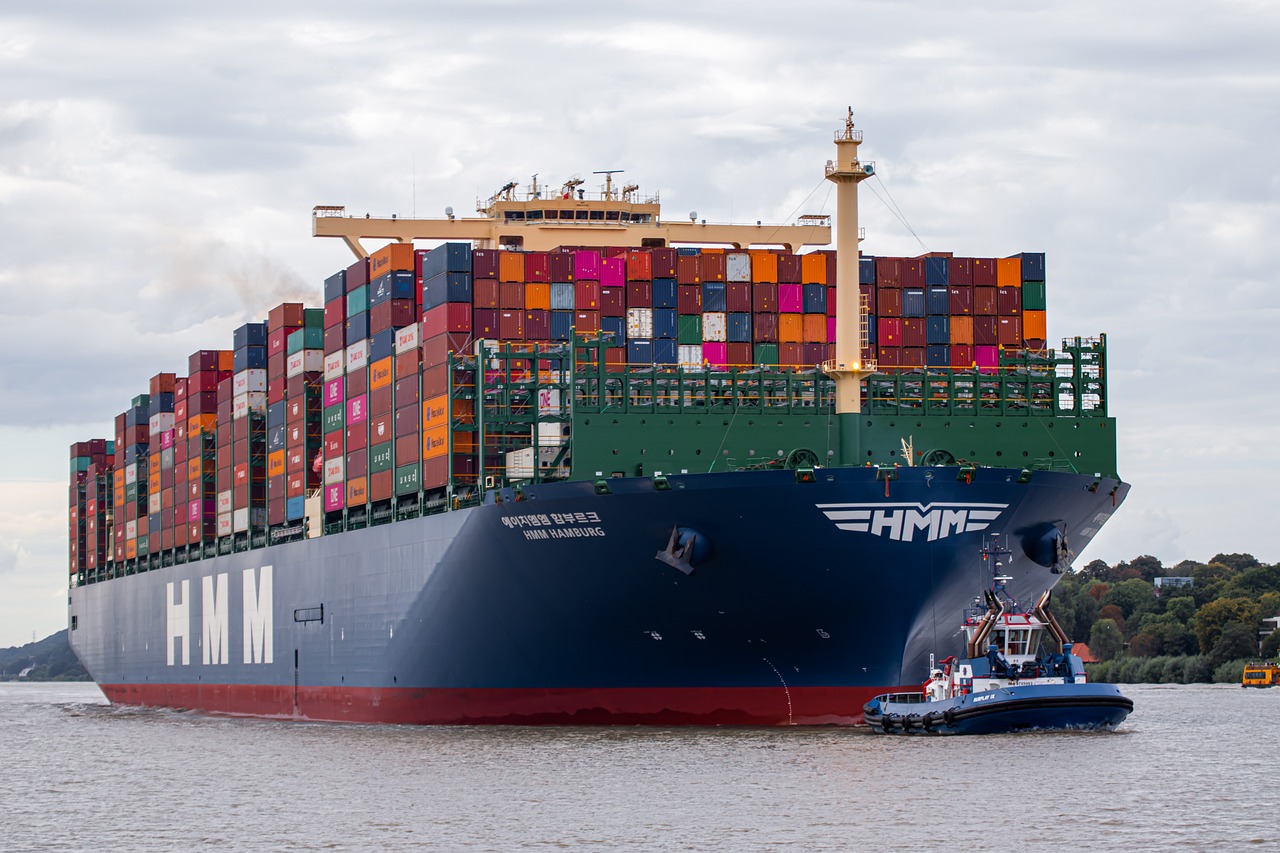
This article focuses on foreign trade import-export services, detailing document processing, logistics arrangements, analyzing advantages and procedures in Russian and Southeast Asian markets, discussing trade conditions, and providing practical guidance on certification assistance.
In todays globalized world, exporting products to international markets has become a key driver of growth for many enterprises. General trade export, as a common form of international trade, involves multiple stages and strategies. This article will guide you through the entire process of general trade export, from market research to logistics arrangements and compliance handling, with each step being crucial.
Market Research: Understand Your Target Market
Before deciding to export, thorough market research is essential. This includes understanding consumer demand in the target market, competitor analysis, and potential market entry barriers. For example, certain countries may have specific product standards or import restrictions, and understanding these can help you avoid future compliance issues.
Product Preparation: Compliance with International Standards
Ensuring your product complies with the target markets standards is key to successful export. This may involve aspects such as the products physical characteristics, packaging, and labeling. Additionally, considering various scenarios during logistics, the product packaging needs to be robust enough to protect the product from damage.
Logistics Arrangement: Choosing the Right Transportation Method
Logistics arrangement is another critical aspect of trade export. Choosing the right transportation method (such as sea freight, air freight, or land transport) can significantly impact costs and delivery times. Moreover, understanding and selecting the right logistics partners is crucial, as they can assist with complex customs clearance and transportation arrangements.
Trade Compliance: Adhering to Laws and Regulations
During the export process, compliance with the target countrys laws and regulations is mandatory. This includes understanding and adhering to tariffs, import restrictions, and necessary documents and permits. Ensuring all documents are complete and accurate can prevent unnecessary delays or fines at customs.
Case Study: Successful General Trade Export
By analyzing some successful general trade export cases, we can learn valuable lessons. For example, an electronics manufacturer successfully entered the European market through detailed market research and product adjustments. Their success lay in their deep understanding of the target market and strict quality control.
Conclusion
General trade export is a complex yet opportunity-rich process. With meticulous preparation and attention to detail, your product can achieve success in the global market. We hope this article provides valuable guidance to help you shine on the international trade stage.


 Follow Customer Service WeChat
Follow Customer Service WeChat